Access to Collaboration Site and Physics Results
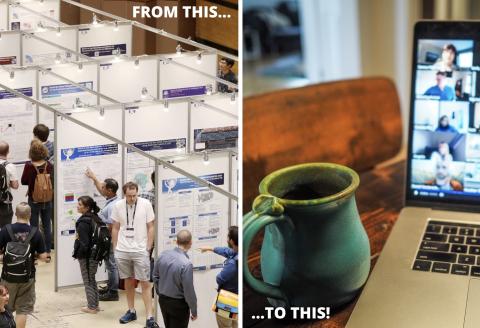
You want me to present a poster…. remotely?
– Though an academic affair, poster sessions are also an opportunity to network and socialise with colleagues. Typically, a large hall will be filled with rows of poster stands, their authors standing anxiously beside them, anticipating whatever question may be posed by a passer-by. Finger food and drinks are usually served. Sometimes these encounters lead to in-depth discussions about a new result but, more often than not, they just serve as ice-breakers for would-be colleagues, or a kind of “physics buffet” for conference attendees to sample subjects outside their specialization. Could such an experience be recreated in an online conference?Read more →
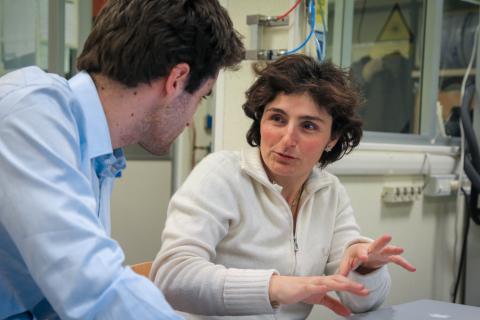
In conversation with Claudia Gemme, an influential voice in ATLAS detector upgrades
– Claudia Gemme, researcher at INFN in Genova, has had a varied career with the ATLAS Collaboration. From her work on the construction and commissioning of the ATLAS Pixel detector, to a career in physics analysis and the ATLAS Publication Committee, she now leads a key upgrade of the ATLAS detector: the ATLAS Inner Tracker (ITk).Read more →
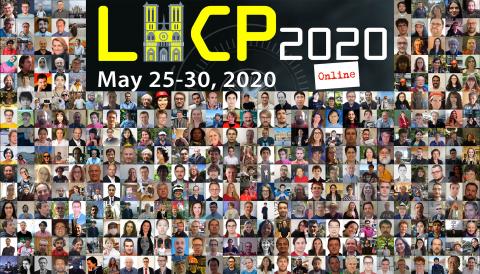
Physicists gather online for the Large Hadron Collider Physics conference
– The eighth Large Hadron Collider Physics (LHCP 2020) conference concluded today, 30 May, in Zoom rooms around the world. Instead of descending on Paris to meet, particle physicists held the conference fully online for the first time. As a result, LHCP 2020 welcomed some 1300 registered participants – nearly triple its previous record of attendance. A bumper crop of new ATLAS results were prepared for the conference covering a broad range of topics, from precise measurements of the Standard Model to novel searches for new physics. These new results probed the full dataset collected during Run 2 of the LHC (2015-2018) – a proven gold mine for ATLAS’ rich physics programme.Read more →
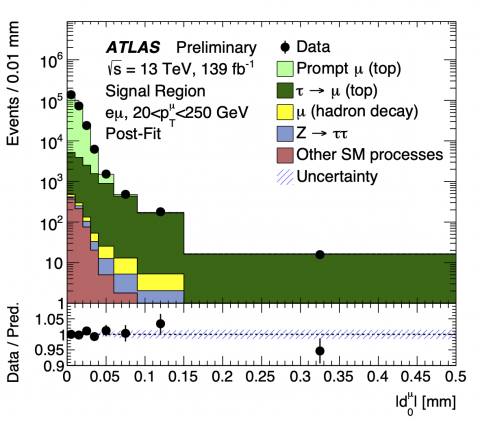
New ATLAS result addresses long-standing tension in the Standard Model
– This week, at the LHCP 2020 conference, the ATLAS Collaboration presented a precise measurement of lepton flavour universality using a brand-new technique. Physicists examined collision events where pairs of top quarks decay to pairs of W bosons, and subsequently into leptons. They then measured the relative probability that this lepton is a muon or a tau-lepton – a ratio known as R(τ/μ). According to the Standard Model, R(τ/μ) should be unity – but there has been long-standing tension with this prediction, ever since it was measured at the Large Electron-Positron (LEP) collider in the 1990s.Read more →
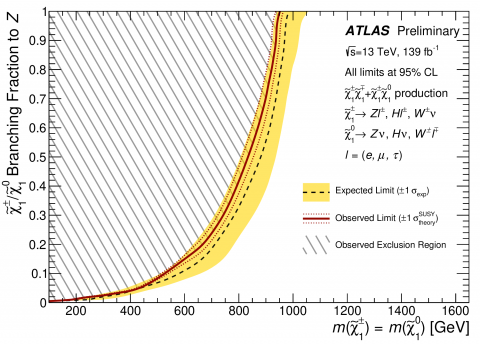
Fantastic decays and where to find them
– Supersymmetry offers an elegant solution to the limitations of the Standard Model, extending it to give each elementary particle a “superpartner” with different spin properties. Yet SUSY also contains interactions that would cause phenomena not observed in nature, such as the decay of protons. This has traditionally been avoided by requiring the conservation of a property known as “R-parity” (or “matter-parity”), which incorporates the baryon number, lepton number and spin. ATLAS physicists are also considering SUSY models with R-parity violation (or “RPV”), which would allow the lightest SUSY particle to be observed decaying directly into Standard Model particles.Read more →
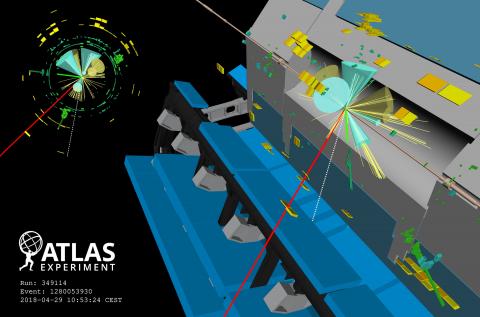
ATLAS finds evidence of spectacular four-top quark production
– In a new result released today, the ATLAS Collaboration announced strong evidence of the production of four top quarks. This rare Standard Model process is expected to occur only once for every 70 thousand pairs of top quarks created at the LHC and has proven extremely difficult to measure.Read more →
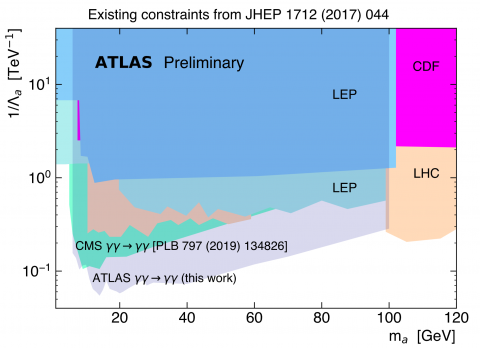
ATLAS measures light scattering on light and constrains axion-like particles
– Light-by-light scattering is a very rare phenomenon in which two photons – particles of light – interact, producing another pair of photons. Direct observation of this process at high energy had proven elusive for decades, until it was first seen by the ATLAS Collaboration in 2016 and established in 2019. In a new measurement, ATLAS physicists are using light-by-light scattering to search for a hyped phenomenon beyond the Standard Model of particle physics: axion-like particles.Read more →
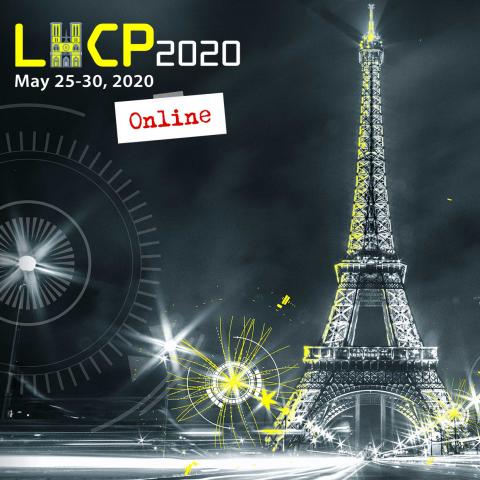
Summary of new ATLAS results from LHCP 2020
– The eighth annual conference on Large Hadron Collider physics (LHCP 2020) kicks off today in video-conference rooms around the world. This week-long event is usually an opportunity for physicists from around the world to meet in person and share the latest news from their LHC experiments. This year, due to the COVID-19 pandemic, the conference is being held online.Read more →
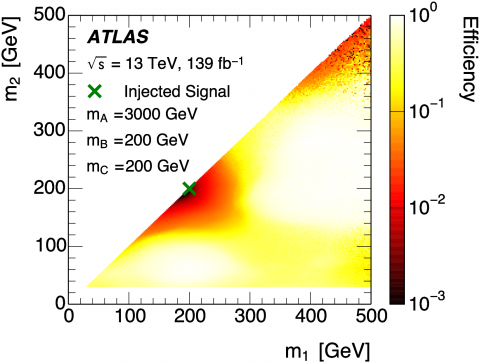
Machine learning qualitatively changes the search for new particles
– The ATLAS Collaboration is exploring novel ways to search for new phenomena. Alongside an extensive research programme often inspired by specific theoretical models – ranging from quantum black holes to supersymmetry – physicists are applying new model-independent methods to broaden their searches. ATLAS has just released the first model-independent search for new particles using a novel technique called “weak supervision”.Read more →

Probing dark matter with the Higgs boson
– Could the Higgs boson decay into dark matter? As dark matter does not interact directly with the ATLAS detector, physicists look for signs of “invisible particles”, inferred through momentum conservation of the proton–proton collision products. The ATLAS Collaboration searched the full LHC Run 2 dataset, setting the strongest limits on the Higgs boson decaying to invisible dark-matter particles to date.Read more →




